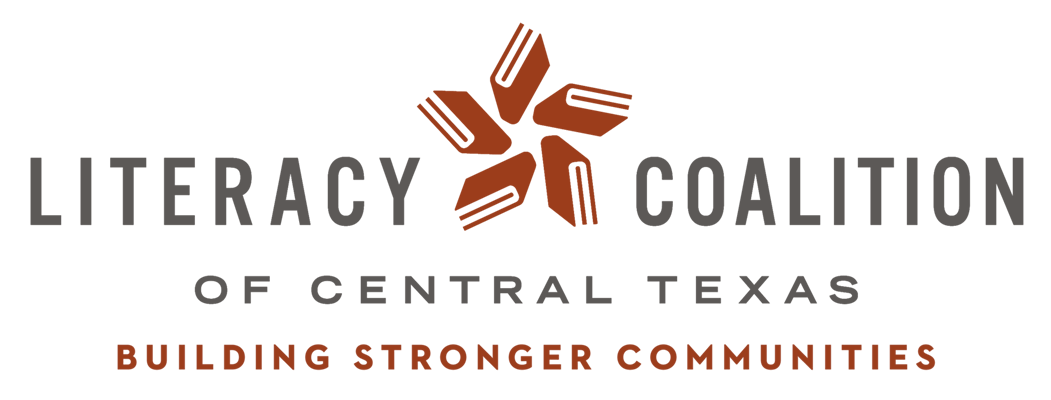
We all know that language isn’t learned or used in a vacuum. Every interaction is situated within a specific context. For example, think about how you would ask your boss about their weekend. How is that different than how you would ask your neighbor? How do you interact with others at a work event vs. an evening out with friends? Using language properly in various contexts is vital to successful communication for native speakers and ESL students alike.
We need to take some time and think about how we already teach culture in our classrooms and how we might be able to improve the way we teach culture. Each lesson in the English Forward curriculum starts out by working to set up the specific cultural context in which the language from the lesson could be used. This is often done by sharing a story in Step 2 of the lesson. The rest of the lesson is then focused on giving the students the skills, knowledge, and vocabulary to communicate and perform successfully in that context. Step 7 also often addresses a Culture Point related to the lesson. For example, you may remember Lesson 8.3 A Traffic Stop from the English Forward Instructor Training. Step 7 of this lesson covers tone of voice, specifically formal vs. informal tone. The context of this lesson is talking with a police officer during a traffic stop. You can see that culture plays a very important role in this lesson.
Providing a context for language use in the target society or culture is the best way to ensure that students are both learning the language and how/when to use it.
How do you teach about culture in your classroom? Do you have specific strategies or activities that you use? Let us know in the comments below.
